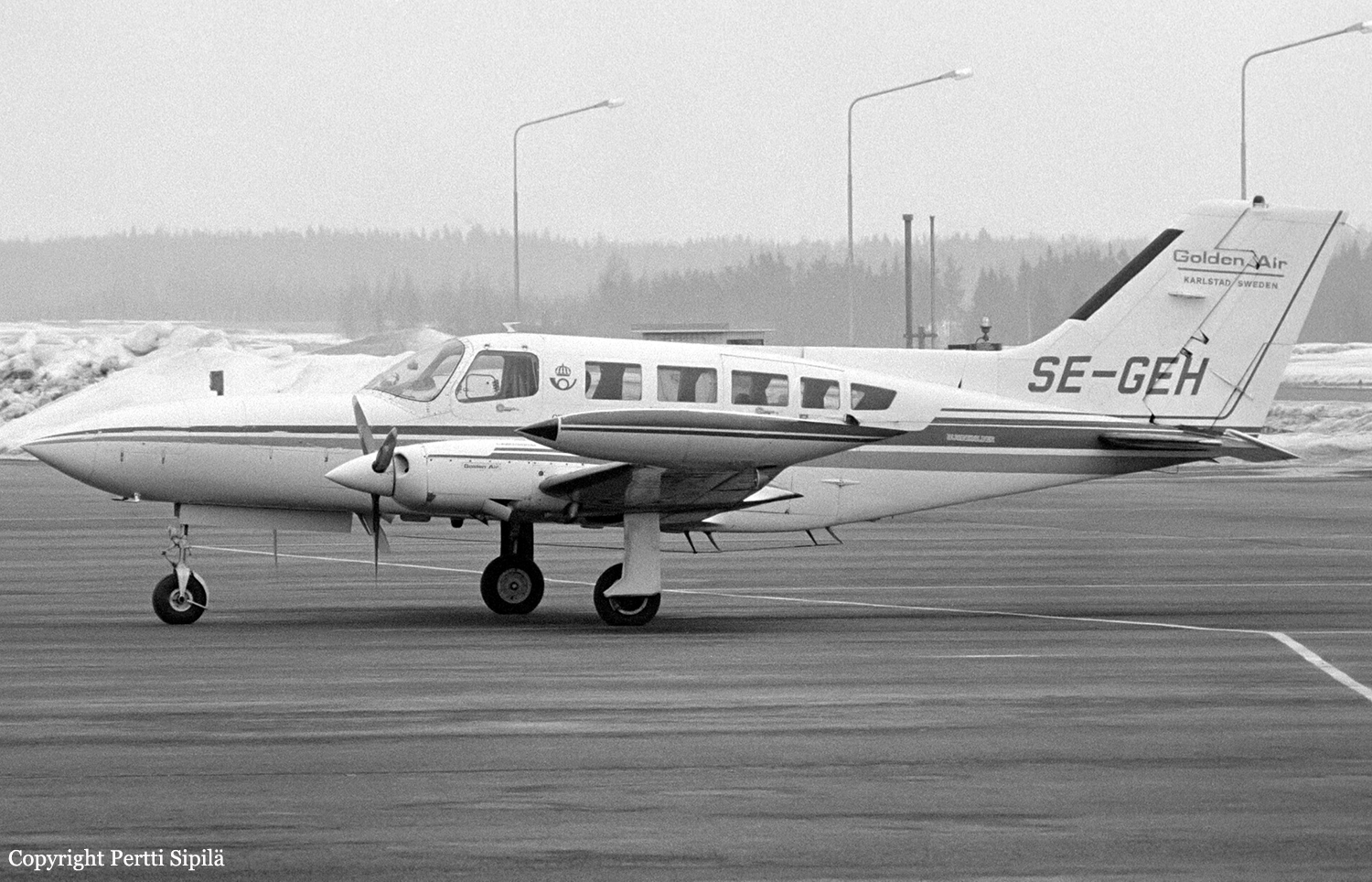Crash of a Cessna 402B in Charallave: 3 killed
Date & Time:
Nov 28, 1989
Registration:
YV-478C
Survivors:
Yes
Schedule:
Puerto Ordaz - Charallave
MSN:
402B-0542
YOM:
1973
Crew on board:
2
Crew fatalities:
Pax on board:
5
Pax fatalities:
Other fatalities:
Total fatalities:
3
Circumstances:
The pilots were making a visual approach at night to RWY 10 from a right downwind. The pilots descended the airplane through a scud layer on final and initially contacted the ground well short of the runway. The pilot pitched up and added full power, but one main gear separated as it hit the side of the hill below the runway. The airplane then rolled inverted and impacted the runway threshold upside down. Still inverted, it slid across the grass onto an adjacent taxiway with a substantial external fire. Both pilots and one passenger were killed. Four passengers survived with various injuries. The passenger who was killed was Joseph T. Nall, NTSB member.





